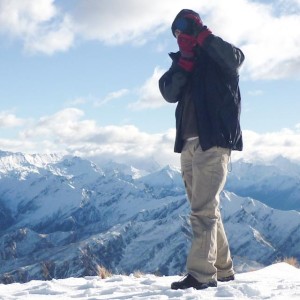
Located 27 km south of the Sea of Galilee, Beth Shean is situated at the strategic junction of the Harod and Jordan Valleys. The fertility of the land and the abundance of water led the Jewish sages to say, “If the Garden of Eden is in the land of Israel, then its gate is Beth Shean.” It is no surprise then that the site has been almost continuously settled from the Chalcolithic period (sixth to fifth millennia BC) to the present.
Beit She’an is mentioned a number of times in the Bible. The City also received a new name of Scythopolis prospered and became the leading city of the Decapolis.
Around 1100 BC, Canaanite Beit She’an was conquered by the Philistines, who used it as a base of operations for further penetrations into Israel proper. During a subsequent battle against the Jewish King Saul at nearby Mount Gilboa in 1004 BC, the Philistines prevailed. 1 Samuel 31 states that the victorious Philistines hung the body of King Saul on the walls of Beit She’an. Portions of these walls were excavated on Tel Beit She’an recently. King David was able to capture Beit Shea’an in a series of brilliant military campaigns that expelled the Philistines from the area, pushing them back to their coastal strongholds of Ashkelon, Ekron, Gath, Gaza, and Ashdod.
The New Testament gospels of Matthew, Mark, and Luke mention that the Decapolis region was a location of the ministry of Jesus. The Decapolis was one of the few regions where Jesus travelled in which Gentiles (people who are not Jewish) were in the majority. The Roman City which existed and the remains are just to the south of the Tel and it would be quite reasonable to expect that Jesus would have walked around this area.
Just to the North of the Beit She’an Township is the Beit She’an National Park –

This consists of the Tel Beit She’an and also the Roman City Remains. When we arrived at the Entrance to the National Park, we were taken for a ride right around the Park, to the north of the Tel, and then back to the entrance of the Roman City. We were then taken through the old Roman City.
I did not fully appreciate the significance of this place until after I returned back to Australia!
